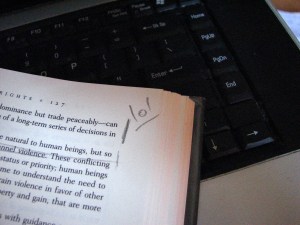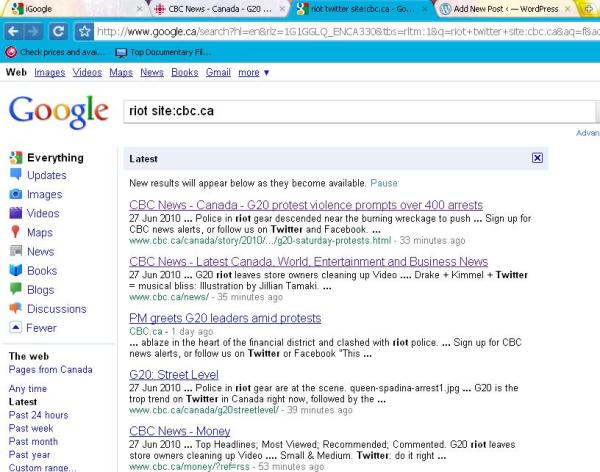Here’s one from our Jean Robinson. She does video production and has the Publication, Identity, and Communication portfolio at the United Church of Christ (they have an awesome website btw). OC, Inc is the media justice arm of the UCC and Jean found this on their website:
Clearly, the eye-level placement of Count Choculas at the grocery store is direct, intentional communication with children of the electronic age. As Children Now reminds us “Children spend more time with the media than anything other activity, except for sleeping.” And this blog author for one is guilty of dreaming about food. How, then, does one raise healthy children in the electronic age?
To cut through the craziness, OC, inc. has organized a letter writing and petition campaign. Go to this site. It’s worth a thought.
Do this, then go buy your kid a banana and scoot her outside.




